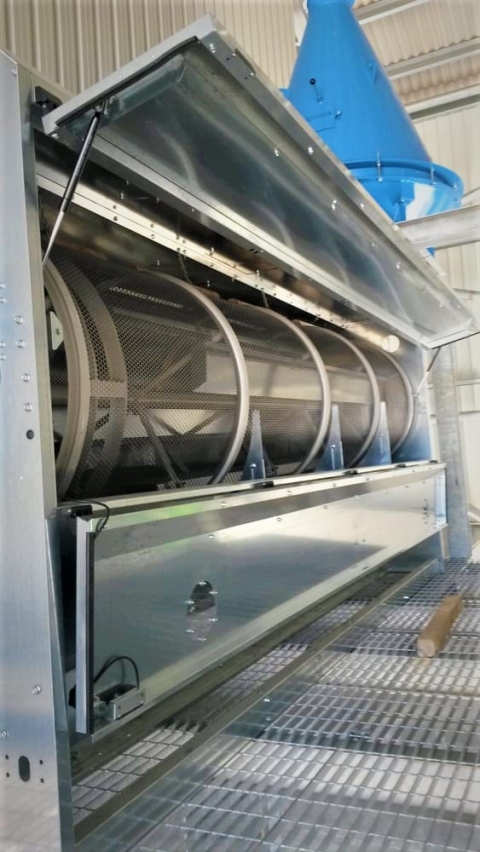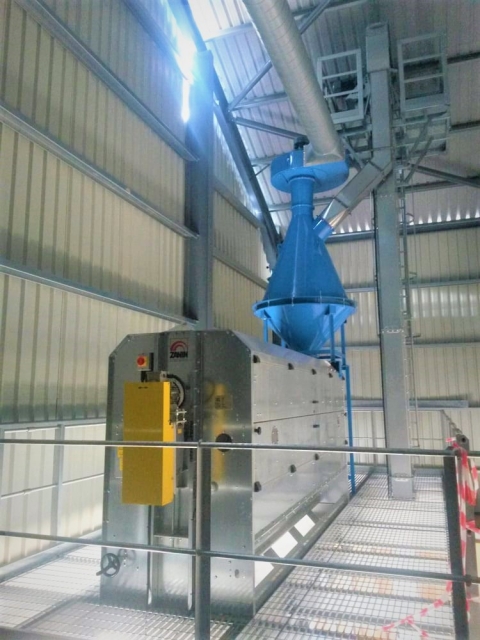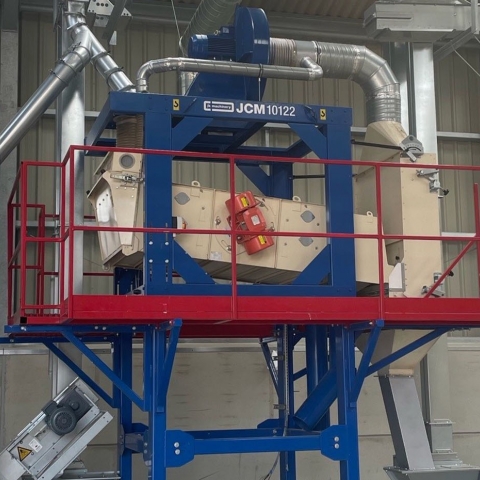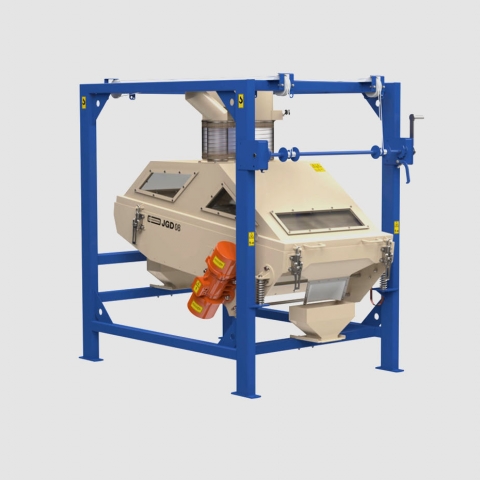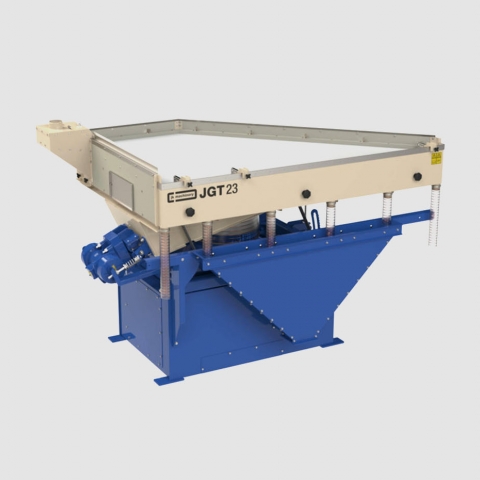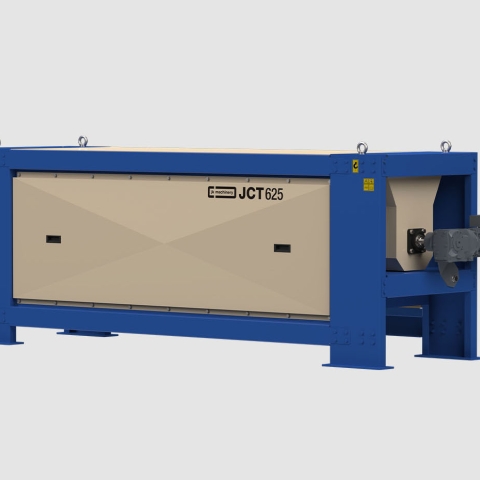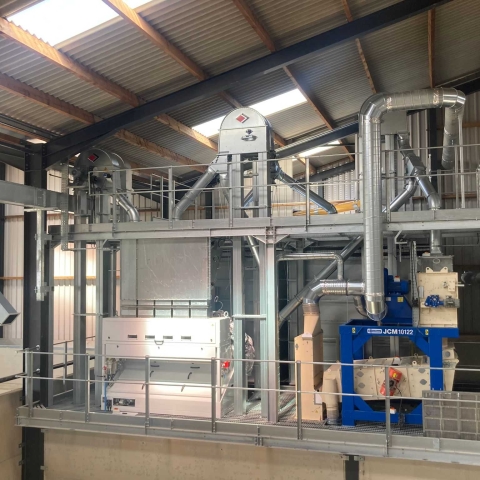Our Process






In Partnership With

Italian manufacturer Zanin was founded in 1956 and is know for the manufacture of grain drying and cleaning equipment. The PPR rotary drum pre-cleaner is fed by gravity into the first of a series of drums. Typically fine particles are removed in the first drum and the subsequent drums allow clean product to pass through, with large impurities staying in the drum and being removed at the end outlet.
The PPR range of rotary drum pre-cleaners is constructed from press-formed galvanised sheet metal. Mobile side doors are fitted with handles and locks. As standard the drum rotates at fixed speed and inclination can be changed manually with options for variable drum speed and motorised inclination. Nylon brushes are fitted as standard to prevent the perforations from blocking, this can be swapped for an optional wooden roller.
The range consists of twelve models with three drum diameters and the output ranges from 20 to 375 tonnes per hour. The machine has low power requirements ranging from 0.75kW to 7.5kW. The screens are manufactured from perforated carbon steel plate and can be quickly interchanged and setup in whatever configuration is required to deliver the best results.
Key Features
- Capacity ranging from 20 to 375 tonnes per hour
- Can be located either inside or outside
- Heavy duty construction with galvanised finish
- Interchangeable screens on rotary drum
- Can be combined with industrial aspirator pre-cleaner for best results
- Effective in challenging harvest conditions
- Low power requirements
Why Rotary Drum Pre Cleaners
Using the rotary drum pre-cleaner prior to a drying system ensures that admixture is removed, increasing drier productivity, reducing fuel use and ensuring the smooth flow of grain through the drier. The rotary drum pre-cleaner is best used in conjunction with an industrial aspirator pre-cleaner for the very best results.
Why Zanin
The Zanin PPR rotary drum pre-cleaner is an essential part of a grain drying system, particularly in the more challenging harvest conditions typically seen in northern England and Scotland. High output and low power consumption make this an effective and efficient addition to a grain drying and storage system.

